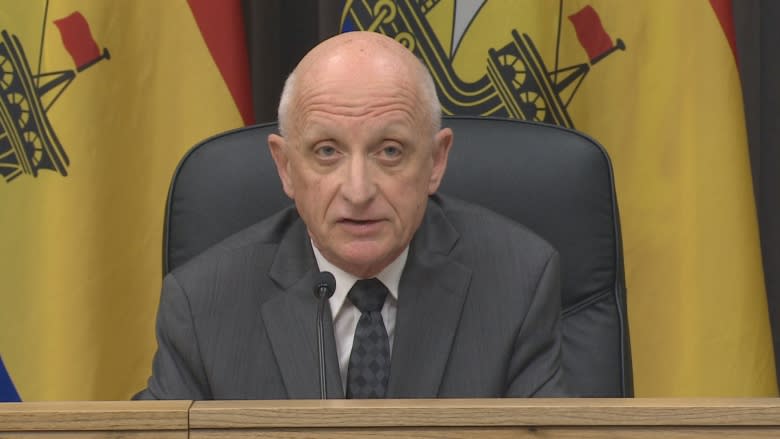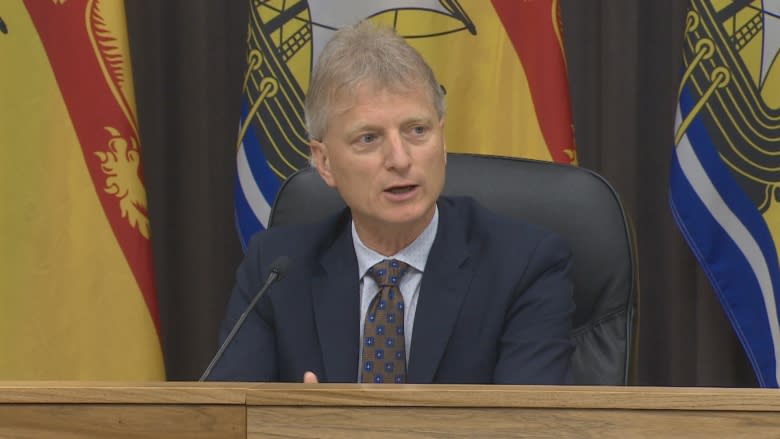New WorkSafeNB report aims to curb skyrocketing premiums
A new report by the task force that examined WorkSafeNB charts a course toward improved governance through measures that aim to curb premiums and scale back powers of an appeals tribunal.
Among the 28 recommendations listed in the 39-page report are a cap on the accident fund, new practices to get injured workers back to work sooner, and a repeal of legislation that, according to the task force chair, gave the Workers' Compensation Appeals Tribunal "too broad of a jurisdiction."
Dennis Browne said the tribunal wouldn't be able to use general findings to affect every worker in the system.
"We're not suggesting at all that injured workers lose their right to appeal," Browne said Tuesday. "That is still there, but each case will be dealt with on its own merits."
He said changes to legislation that governs the tribunal broadened its jurisdiction, and its subsequent decisions, ended up costing $100 million — an amount WorkSafe would have to recover through premiums paid by employers.
If the recommendations are adopted, the tribunal would no no longer be able to alter WorkSafe policy but could propose a change.
Accident fund cap
The report also recommends a variance in the accident fund not exceed 120 per cent. Any surplus would be managed by the Crown corporation "in a fair and transparent manner, accountable to all stakeholders."
Browne said it was a unanimous report, with representatives from WorkSafe, employers and workers agreeing on the recommendations.
"This report ensures system sustainability," Browne told CBC News after the announcement.
"If all recommendations are accepted, the task force believes the system will be sustained well into the future and (rate) increases should should be curbed completely."
The independent task force was established in May 2017 to look at solutions to rising premiums for employers.
Premiums shot up from $1.11 to $1.48 per $100 of payroll at the end of 2016, a 33 per cent increase that shocked employers and triggered demands for government action. They jumped again to $1.70 at the end of 2017.
Return to work
The report recommends WorkSafe take a "proactive role" in developing back-to-work plans for injured workers.
"No one is really working toward the reintroduction of you to your job," Browne said. "Employers, generally, want injured workers back as soon as possible."
Using new forms, physicians would complete an evaluation of functional abilities to inform the back-to-work plan. The approach would mirror a similar program in Ontario.
The return-to-work recommendations also call for improved practices to help workers with opioid addictions and mental health issues.
The full report is available online.
Will it be adopted?
The recommendations would have to be adopted or changed while the legislature sits, meaning the discussion will take place after September's election.
Treasury Board President Roger Melanson, who represented the province during the news conference, said the government would not comment on the recommendations Tuesday.
"We want to [do] our due diligence, look at these recommendations and what will need to happen, what will be the consequences of making these changes," Melanson said.
The Progressive Conservatives struck a similar tone.
"We will take the time to understand the WorksafeNB report and its recommendations. Also today the task force reviewing WorksafeNB policies and practices have made 28 recommendations and we will need to understand those as well," said Kings Centre MLA Bill Oliver, the PC critic for WorksafeNB.




